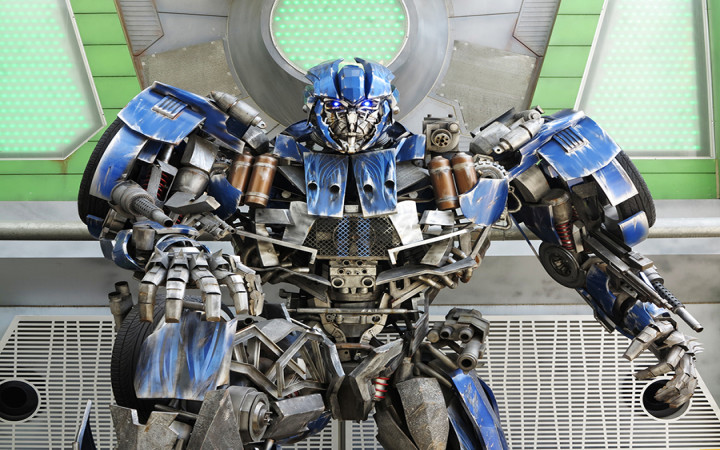Today’s Wonder of the Day was inspired by Kira. Kira Wonders, “Are robots real?” Thanks for WONDERing with us, Kira!
Way back when your parents were just kids, science fiction movies and cartoons often portrayed a future filled with robots. For example, the classic cartoon The Jetsons featured all sorts of space-age robots that would take care of most of your day-to-day tasks.
Some shows painted a much bleaker picture of a future in which robots would rule the world and humans would be at their mercy. Fortunately, that scenario hasn't come to pass.
Fast forward to today and you'll quickly realize we haven't yet reached the level of robotic automation predicted by The Jetsons. However, robots have become an important part of the world in which we now live.
Large robots fill factories across the world, helping to automate processes that used to require humans to complete. Tiny robots help doctors to operate on patients in exciting new types of surgeries that are helping to solve medical issues that used to be deadly.
We even have robots in our homes now. Some people have robot vacuums that will travel back and forth across the carpet, picking up the crumbs from the cookies you weren't supposed to eat in the living room.
Many people also have robots that sit on the kitchen counter that they can talk to. With just a simple request, they can hear today's weather, get a recipe for chocolate cake, or order a new spatula to flip pancakes.
But what about those giant robots that shows like Transformers promised us? Thanks to Japanese engineer Masaaki Nagumo, such giant robots may now be closer to reality.
Inspired by Mobile Suit Gundam, his favorite anime series from his childhood, Nagumo built his own 28-foot-tall, nearly five-ton robot he named LW-Mononofu. He believes it's the world's largest robot.
Sitting inside the robot's cockpit, Nagumo can control the robot's arms and legs. It can walk, turn, and even move its fingers. An air gun on its right arm can also shoot sponge balls at a speed of 87 miles per hour.
The giant robot took six years to build and is mainly used to promote Nagumo's employer, which develops farming equipment. Unfortunately, it was built taller than its workshop's doors, so it has to be dismantled to leave the factory where it was created.
Nagumo isn't the only one with a claim to the world's largest robot, though. The Rio Tinto mining group believes its AutoHaul qualifies, too. At a cost of nearly one billion dollars, AutoHaul is an autonomous train that hauls iron ore across the Australian desert to the coast.
Will we see more autonomous trains in the future? It seems like it would be easy to do, since trains are on tracks and don't have to be steered. We have the technology and it can be done, but experts don't believe automating trains will be cost-effective in the long run. The cost of increased liability insurance and outfitting trains and track systems with sensors far outweighs the costs of having one or two humans operating the trains.




